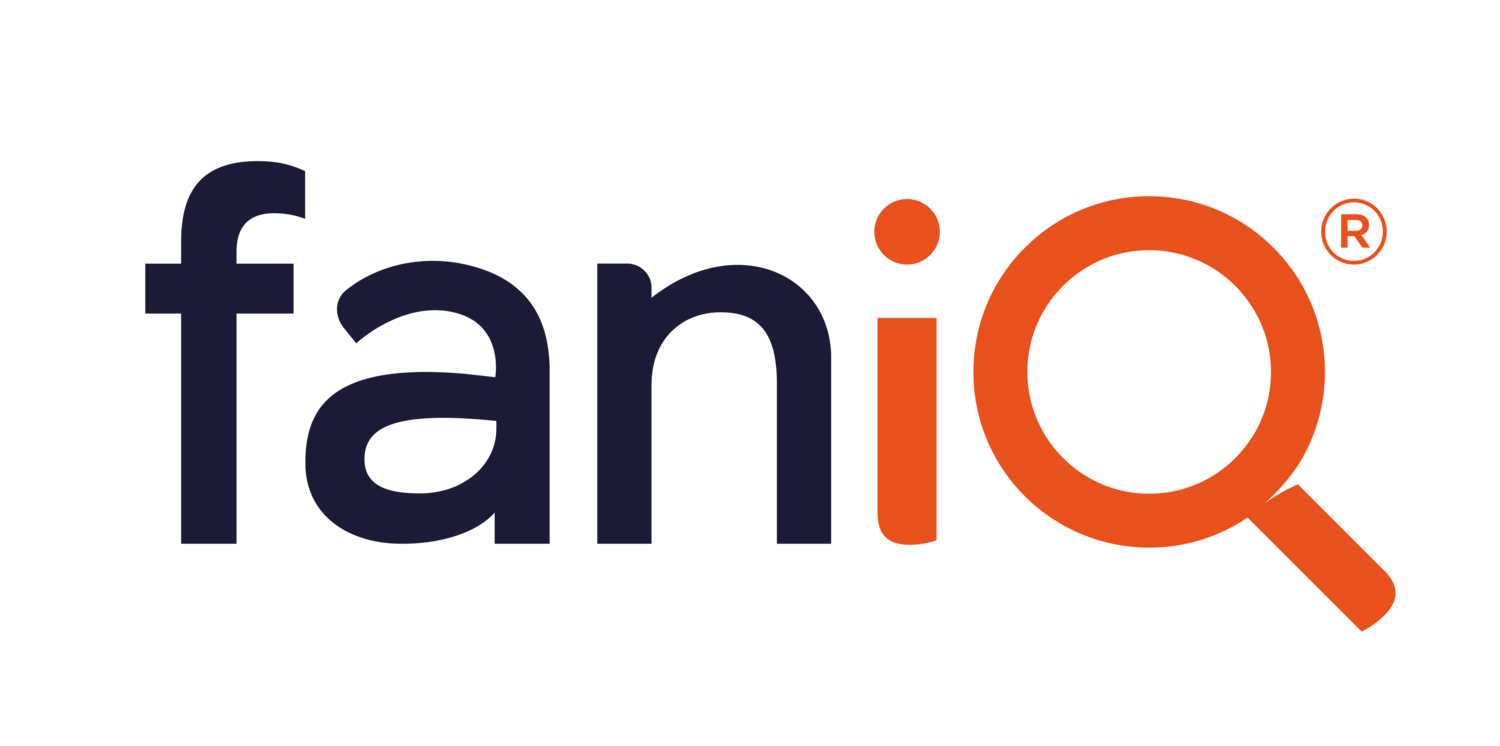How AI Tools Are Changing Paid Social Marketing in 2025
5/27/2025, updated September 2025
The advertising landscape is undergoing a seismic shift, driven by the rapid integration of artificial intelligence across major social platforms. From Meta to LinkedIn, Snapchat to X (formerly Twitter), AI is reshaping how ads are created, targeted, and optimized. Here's an in-depth look at how each platform is leveraging AI to revolutionize advertising.
Meta: Advantage+, Gem, and Lattice
Meta has been at the forefront of AI integration in advertising. Its suite of AI tools, including Advantage+ campaigns, automates various aspects of ad creation and targeting. Advertisers can now generate multiple creative variations, adjust backgrounds, and revise ad copy with ease. According to Social Media Today, these tools have led to significant performance improvements, with campaigns utilizing AI-generated creatives seeing an 11% higher click-through rate.
Meta's AI systems, such as GEM and Lattice, analyze vast amounts of user data to deliver personalized ads. GEM focuses on understanding user responses to ads, while Lattice oversees ad placements across Meta's platforms, ensuring optimal delivery to the right audience.
Snapchat: GenAI for Copy and Creative
Snapchat is leveraging generative AI to enhance its advertising offerings. The platform's smart bidding feature allows advertisers to set target cost-per-action goals, with AI optimizing bids to achieve these targets. Additionally, Snapchat's Gen AI Copy Generator assists in creating engaging ad copy, while text-to-image and developing text-to-video generation tools offer dynamic creative options.
TikTok: Symphony AI and Smart+
TikTok has expanded its AI offerings with Symphony Creative Studio, a robust suite designed to help advertisers scale content production efficiently. Key features include text-to-video conversion, editing previews, remixing tools, digital avatar generation, and automated translation, all powered by generative AI. Notably, the suite now supports virtual influencers—AI-generated avatars capable of showcasing products, modeling apparel, and demonstrating app use, offering brands a scalable, cost-effective alternative to traditional creator partnerships. Symphony also includes a built-in virtual assistant to streamline content creation workflows. Complementing this, TikTok’s Smart Performance+ (Smart+) campaigns further automate ad creation, placement, and bidding, using AI to optimize for a range of marketing objectives while maintaining performance transparency. TikTok has implemented labeling and safety reviews to ensure AI-generated content remains clearly disclosed and trustworthy.
Recent testing with the Houston Texans on TikTok’s Smart Targeting revealed some surprising results: custom audience segmentation outperformed TikTok’s AI-driven recommendations across every key metric—20% lower CPM, 77% lower CPC, a 30% higher click-through rate, 40% lower cost per conversion, and nearly 80% higher ROAS. While TikTok heavily promotes its Smart Targeting as the go-to strategy, this experiment suggests their AI may optimize for platform-level goals rather than advertisers’ best outcomes. For marketers, the takeaway is clear: don’t blindly trust a platform’s AI tools—validate their recommendations with your own data, or risk paying more for weaker performance.
Reddit: Community Intelligence and Conversation Summary Add-Ons
Reddit has rolled out new AI-powered ad tools to help brands tap into its community-driven ecosystem. The first, Reddit Insights with Community Intelligence, surfaces real-time discussion trends, allowing marketers to align messaging with active user interests. The second, Conversation Summary Add-ons, displays curated positive comments beneath ads to enhance credibility and engagement. These tools enable brands to create context-aware campaigns rooted in authentic community conversations. This move underscores Reddit’s commitment to leveraging its rich discussion data through AI, giving brands the ability to identify emerging cultural signals, validate messaging, and build campaigns that resonate more organically within highly engaged communities.
Pinterest: Streamlining Campaigns with Performance+
Pinterest's Performance+ campaigns utilize AI to automate the entire ad process, including asset creation, targeting, and bidding. According to Social Media Today, advertisers have reported up to a 20% improvement in cost per acquisition with 50% fewer inputs required for campaign creation. Pinterest also offers AI-driven tools for background generation and dynamic creative optimization, enhancing the visual appeal and relevance of ads.
Google: Performance Max, Veo, and Imagen
Google is intensifying its integration of AI within its advertising ecosystem. The company has introduced Smart Bidding Exploration, allowing advertisers to optimize ad spend with improved smart bidding for Search campaigns. Google is also expanding ad placements in AI-generated search overviews and AI Mode on desktop, presenting new opportunities for advertisers. Additionally, tools like Veo and Imagen assist in content generation, while Smart Bidding Exploration adapts to complex queries, marking a significant shift towards automation in advertising.
LinkedIn: Design, Copy, Insights
LinkedIn has integrated AI tools across its advertising ecosystem. Through collaborations with Microsoft Designer, advertisers can create visually appealing ads. Text generation tools assist in crafting compelling ad copy, while automated campaign types like Performance Max and Accelerate streamline the advertising process. Predictive Audiences and Lead IQ provide deeper insights into user behavior, enhancing targeting precision.
X (Formerly Twitter): Grok for Copy and Analysis
X has introduced Grok AI, a model designed to assist advertisers in campaign creation and analysis. The "Prefill with Grok" feature generates ad copy, imagery, and call-to-action headlines based on a provided URL, simplifying the ad creation process. Furthermore, "Analyze Campaign with Grok" offers AI-driven insights into ad performance, enabling advertisers to refine targeting and maximize impact.
The Future of AI in Advertising
How FanIQ Helps You Navigate the AI Ad Era
At FanIQ, we help live event marketers cut through the noise of AI-driven ad tech by serving as your strategic co-pilot. From evaluating whether tools like Meta’s Advantage+ or TikTok’s Symphony are the right fit for your goals, to tailoring platform-specific strategies for creative and targeting, we ensure your approach is intentional—not just automated. Whether you're running full-funnel campaigns or experimenting with generative formats, FanIQ translates complexity into clarity. We make sure your investments in automation and optimization align with your unique audience, objectives, and growth stage.

.png&w=3840&q=75)